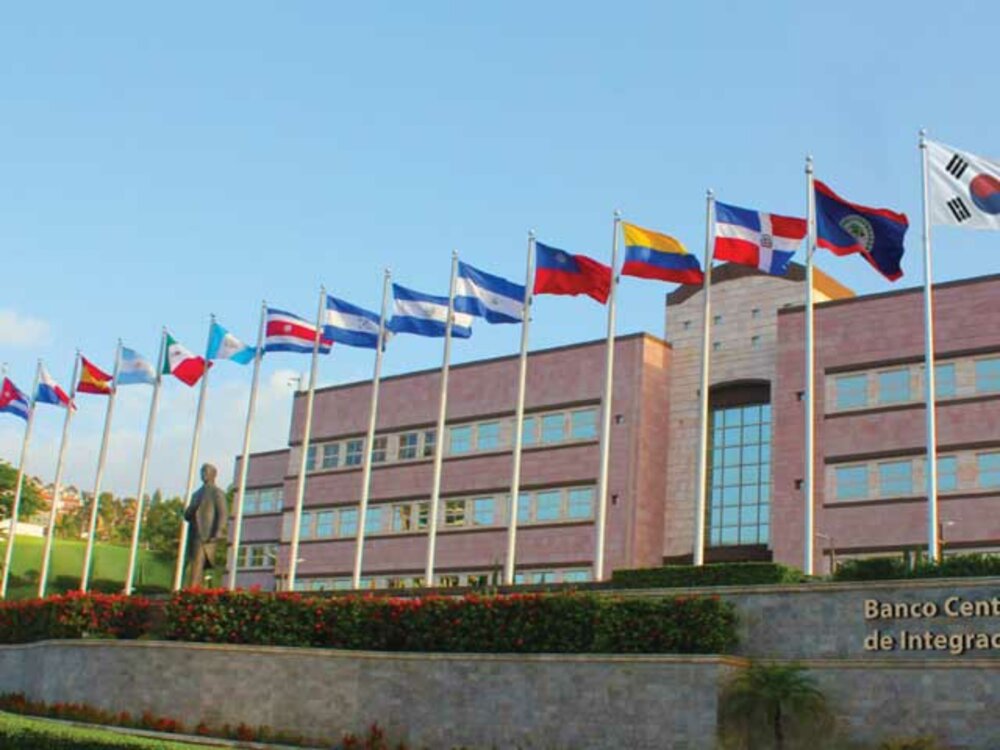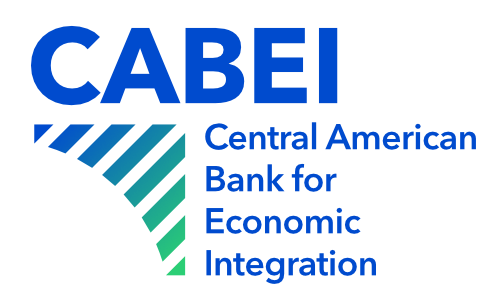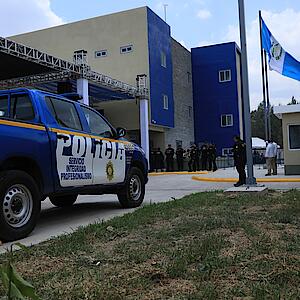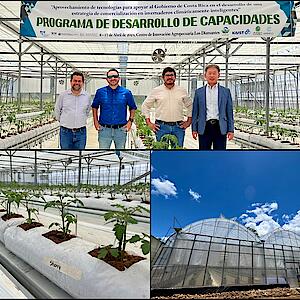Central American Integration has its own Development Bank: CABEI

In the last five years CABEI has developed more than 20 regional projects and initiatives with a total of US$1,171.0 million mobilized for programs in the region.
Tegucigalpa, October 14, 2020.- After sixty years of history, the Central American Bank for Economic Integration (CABEI) has fostered great achievements, but it also recognizes the challenge that still lies in integrating the region and making it a prosperous territory, attractive for investment and a bridge of opportunities between the Americas and the rest of the world.
In commemorating the Central American Integration Day today, CABEI's Executive President, Dr. Dante Mossi, considers that the raison d'être of the institution lies in the integration of our people, in this way achieving the greatest possible welfare in the region is more real and palpable than ever.
In the current situation with the pandemic, CABEI becomes aware of its historical relevance. The Bank has been the financial channel of Central American integration and is ready to continue playing that role with efficiency and energy.
CABEI, as the financial and most relevant multilateral arm of the Central American Integration System for the region, has defined key points of its essence: integration, balanced development, reduction of poverty and inequality as its ultimate goals.
CABEI accelerates its regional strategy
The seed we sowed yesterday germinated, grew, and bore fruit. Today we are celebrating the triumph of six decades, promoting cooperation and development, emphasized the maximum representative of the development entity.
President Mossi said that "CABEI is the Central American's Bank" and also referred that these six decades that the institution is fulfilling corroborate the multilateral's solidity and constitute a new approach to continue forging Central American integration and development successfully.
Since 1960, CABEI has become the strategic partner of Central American nations by promoting their economic and social integration, with significant contributions in the field of roads, port projects, airport infrastructure, electrification, and telecommunications development, among others.
It has been the driving force behind different development initiatives in Central America, such as: Master Plan for Investment Projects and Economic Development of a Tri-national Nature for the Gulf of Fonseca, Natural Gas Strategy, Participatory Master Plan for the Trifinio, Ecosystem-based Adaptation and Transformation Measures to Increase Resilience to Climate Change in the Central American Dry Corridor and the Drylands of the Dominican Republic; Productive Investments for the Adaptation to Climate Change, Regional Program for the Protection of Archaeological Sites, Studies for the Identification and Financing of Railways to Achieve the Railway Interconnection of Central America, Financial Support from CABEI for the Incorporation of El Salvador in the Customs Union Process, Coffee Growing Transformation Initiative, Sustainable Urban Mobility Program, Technical Assistance Fund for Regional Integration Projects, Mesoamerica Project, Program for the Development of Social Housing in Central America, Program for the Reduction of Poverty and Economic and Social Exclusion in the Region.
"Central America is moving towards better stages of integration and external openness, which will lead to progress in the people' s economic and social development. CABEI accompanies these efforts in a decisive way, with the conviction that the future is extremely positive for Central America."
"CABEI looks to the future with optimism, Central America has great potential and a privileged geographical location. And with absolute certainty we can say that Central American integration has its own development bank", noted the President.





